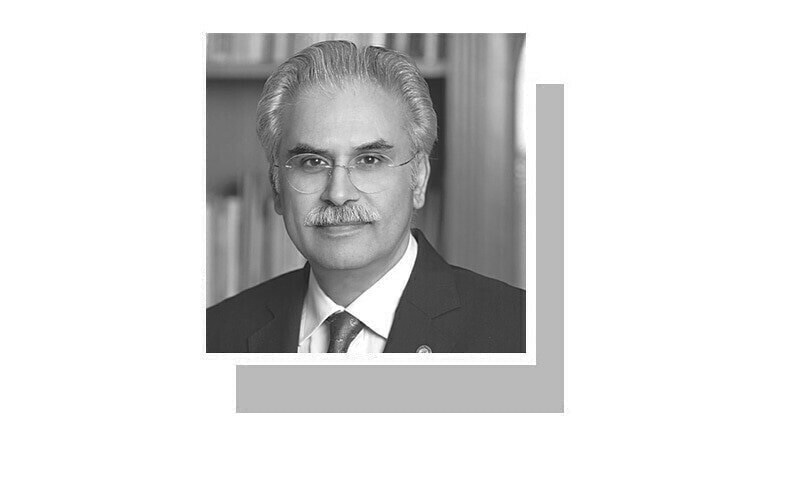ISCHEMIC heart disease, diabetes, strokes, chronic obstructive pulmonary disease, chronic kidney disease and cirrhosis are among the top causes of death in Pakistan.
Together, these are called non-communicable diseases (NCDs), as opposed to communicable or infectious diseases, which are caused by bacteria, viruses or other living organisms. These are also called chronic diseases as, once they develop, they generally remain for the rest of one’s life.
Therapeutic interventions are basically meant to control them to minimise the damage. These diseases are on the rise in Pakistan. 2010 was the year when, for the first time, the burden of disease in Pakistan due to NCDs outweighed communicable diseases, and there has been no looking back. In 2019, there were around 0.83 million deaths caused by NCDs, as opposed to some 0.58m deaths due to infectious diseases the same year.
Likewise, ischemic heart disease has increased by more than 25pc in the last 30 years. After neonatal disorders, it is the second leading cause of death in Pakistan. IHD was ranked eighth in 1990 as a cause of the loss of DALYs (sum total of life lived with disability and years of life lost due to premature death) but it jumped to second position in 2019. Cardiologists in Pakistan tell me that they are now seeing far more cases of IHD in young adults than before.
Lifestyle interventions can be a primary modality for the treatment of chronic conditions.
Of course, genetic predisposition (family history) plays an important role in NCDs, but there are a few important behavioural and environmental risk factors which, if controlled, can effectively prevent and manage non-communicable diseases. The WHO lists five key risk factors for major NCDs, ie, cardiovascular diseases, diabetes, cancers and chronic respiratory diseases, namely: tobacco use, unhealthy diets, physical inactivity, harmful use of alcohol, and air pollution.
Lifestyle medicine-certified clinicians are trained to apply evidence-based, whole-person, prescriptive lifestyle changes to treat and, when used intensively, often reverse such conditions. Applying the six pillars of lifestyle medicine — a whole-food, plant-predominant eating pattern, physical activity, restorative sleep, stress management, avoidance of risky substances and positive social connections — also provides effective prevention for these conditions.“ The ACLM presents itself as a society of medical professionals united to reverse chronic disease.
Sound like a great idea.
Two weeks ago, I was invited to attend a weekend conference and retreat on lifestyle medicine in the Margalla Hills. The conference was organised by the Riphah Institute of Lifestyle Medicine, the first such institute in Pakistan.
The founder and omnipresent spirit behind the institute is Dr Shagufta Feroz, who has quietly rooted the sapling of lifestyle medicine in Pakistan and is tending it wholeheartedly along with her growing team. She also founded a Pakistan Association of Lifestyle Medicine in 2016, which is now a member organisation of the Lifestyle Medicine Global Alliance.
Read More: Lifestyle medicine

